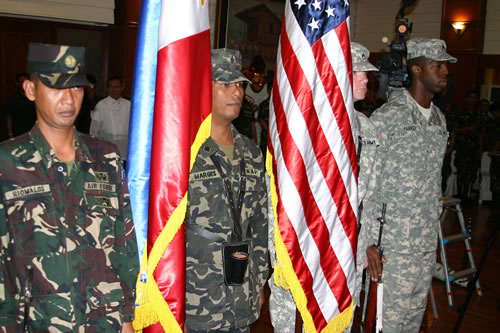| Corregidor
Collection: The Presence of the Past |
Bataan Perspectives:
Who's Bataan Death March
Conclusion
Miguel Llora
| Summary In this virtual tour, I have aimed to accomplish two things in an effort not to get history wrong: First, I have focused on the American post-war memories of the Bataan Death March. Second, I began with the aim to undermine the notion of a stabilized past and to understand how master narratives drive memory and vice versa. Nuanced by varying textbook entries, memorials, films, and posters, the Bataan Death March and its legacy continues to challenge and reify contemporary war memory discourses. This collection of photos and videos was an attempt to understand the master narratives, cultural dynamics, positionality, and temporal forces that drove what goes into history textbooks and the construction of monuments. Through textbooks and war memorials, notions of American bravery and sacrifice are constantly being reinforced. We need not stand by, be quietly irenic, and rely solely on received truths. Rather, we have a responsibility to the past, the present, and the future to make history messy. |
|  |
 |
Balikatan -
"Shouldering the Load Together" |